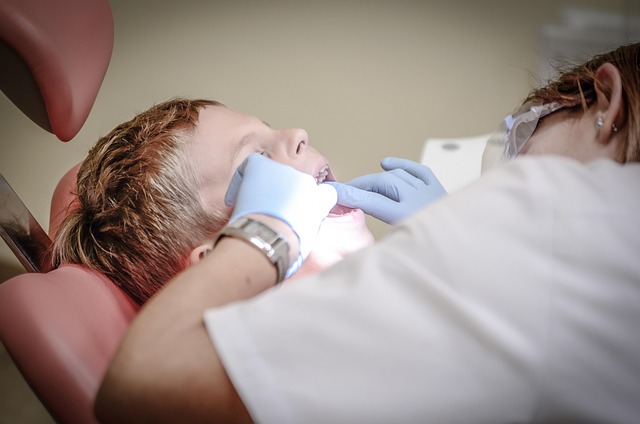What Really Happens During Cremation in 2025 – The Full Breakdown
Cremation in 2025 has evolved with new technologies and modern practices, yet the process still raises many questions for families. From preparation and authorization to the final return of ashes, each step is carefully managed to ensure dignity and transparency. Understanding what really happens during cremation can help families make informed, thoughtful decisions when planning a final farewell.

When families choose cremation, they often have questions about the actual procedures involved. The process has evolved significantly over the years, incorporating modern technology, strict regulations, and enhanced care standards. Knowing what happens during cremation helps families make informed decisions and feel confident in their choices. This breakdown covers everything from documentation and preparation to the cremation chamber itself and what follows afterward.
Modern Cremation Process Explained
The modern cremation process follows strict protocols designed to ensure dignity, accuracy, and legal compliance. It begins with proper identification procedures, where the deceased is assigned a unique tracking number that stays with them throughout the entire process. Facilities use metal identification tags that can withstand the high temperatures of cremation, ensuring no mix-ups occur.
Cremation chambers, also called retorts, use advanced technology to reach temperatures between 1,400 and 1,800 degrees Fahrenheit. These chambers are designed with multiple safety features and environmental controls that meet current EPA standards. The process itself typically takes two to three hours, depending on several factors including body size and the specific equipment used. Modern facilities monitor the entire process electronically, maintaining detailed records for each cremation performed.
Step-by-Step Cremation Guide 2025
The cremation process follows a specific sequence of steps. First, the funeral home or crematory obtains all necessary legal documentation, including the death certificate and cremation authorization forms signed by next of kin. Some states require a waiting period, typically 24 to 48 hours, before cremation can proceed.
Next comes preparation, which includes removing any medical devices like pacemakers that could pose safety risks during cremation. The deceased is placed in a combustible container or casket designed specifically for cremation. The container is then placed into the cremation chamber, where the actual cremation occurs through intense heat and flame.
After cremation, the remains go through a cooling period. Once cooled, any metal fragments from surgical implants, dental work, or casket hardware are removed using magnets. The remaining bone fragments are then processed into a fine, sand-like consistency using specialized equipment. Finally, the cremated remains, weighing typically between four and eight pounds for an adult, are placed in a temporary container or urn chosen by the family.
What Happens During Cremation
During the actual cremation, the intense heat causes the body to undergo several stages of transformation. The process reduces the body to its basic chemical compounds and bone fragments through a combination of heat, vaporization, and oxidation. Soft tissues vaporize, while bones calcify and become brittle.
The cremation chamber maintains consistent temperatures throughout the process, with computerized controls adjusting airflow and fuel as needed. Emissions are filtered through secondary chambers and scrubbers to meet environmental standards. Most modern crematories have viewing areas where families can witness the beginning of the cremation if they choose, though this option varies by facility and cultural preference.
Throughout the process, the identification tag remains with the remains, ensuring proper tracking from start to finish. This attention to detail provides families with confidence that they will receive the correct remains of their loved one.
Cremation Preparation and Procedures
Preparation procedures begin well before the actual cremation takes place. Funeral directors work with families to complete all required paperwork, which typically includes permits, authorization forms, and disposition instructions. Some families choose to have a viewing or service before cremation, which may involve embalming or refrigeration to preserve the body temporarily.
The facility staff conducts a final verification of identification and documentation before proceeding. They ensure the cremation container meets specifications and that all items inside are appropriate for cremation. Personal items like jewelry are typically removed and returned to the family unless specific instructions indicate otherwise.
Crematory operators follow detailed checklists and protocols established by industry organizations like the Cremation Association of North America. These standards cover everything from equipment maintenance to operator training, ensuring consistent, professional service across facilities.
Understanding Cremation Services for Families
Cremation services encompass more than just the cremation itself. Families can choose from various service options, including direct cremation with no ceremony, cremation with a memorial service afterward, or a traditional funeral service followed by cremation instead of burial.
Many funeral homes and crematories offer package options that include transportation, basic services, the cremation process, and a temporary urn. Families can also select from numerous permanent urn styles, ranging from simple containers to elaborate artistic pieces. Some choose to divide remains among multiple family members, place them in keepsake jewelry, or incorporate them into memorial objects like glass art or reef structures.
Transparency has become increasingly important in cremation services. Reputable providers willingly explain their processes, allow facility tours when appropriate, and answer questions thoroughly. The Federal Trade Commission’s Funeral Rule requires funeral homes to provide itemized price lists and allows families to select only the services they want, preventing unnecessary charges.
Conclusion
Understanding what really happens during cremation removes much of the mystery and anxiety surrounding this choice. The process combines respectful care, modern technology, and strict protocols to provide families with a dignified option for their loved ones. From initial preparation through final processing, every step follows established procedures designed to maintain accuracy and honor the deceased. Whether families choose cremation for practical, financial, environmental, or personal reasons, knowing the details helps them feel confident in their decision and provides peace of mind during an emotionally challenging time.




